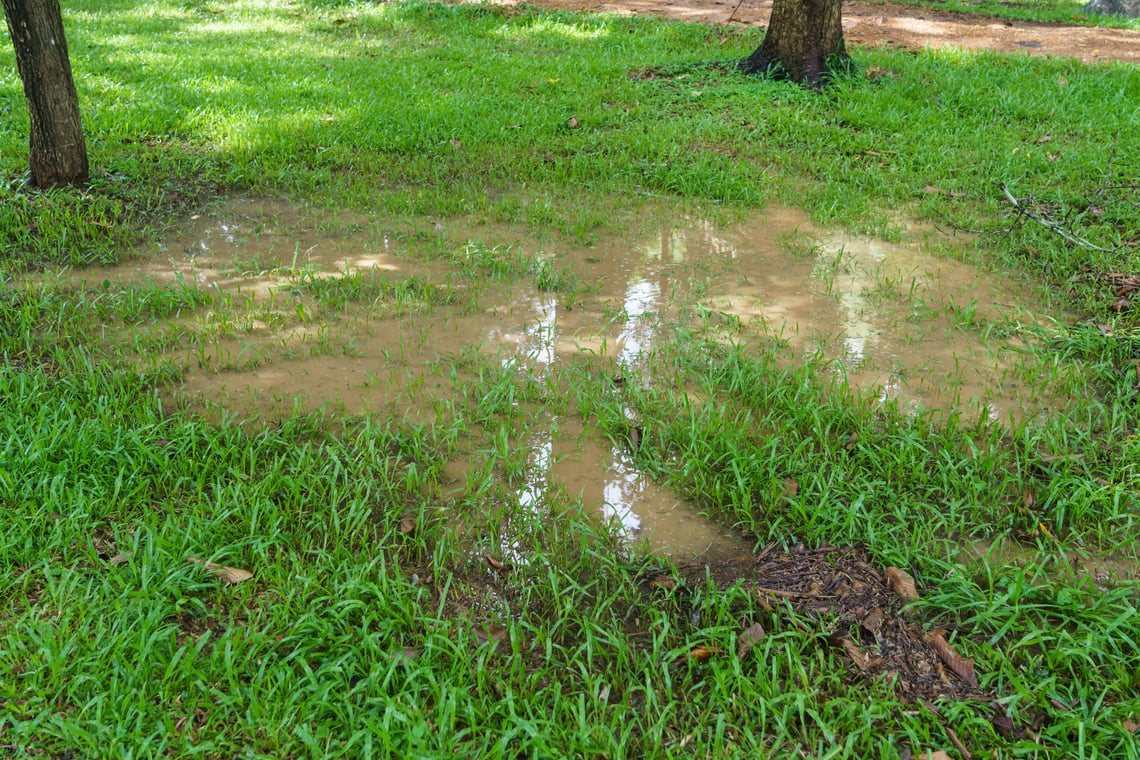Wet, swampy areas on your land can be a headache. Consider these natural landscaping solutions to make the most of excess water.
Here in the Southeast, we know that even though we experience brief dry spells (like the one we’ve been having in my neck of the woods), wet weather will return...and probably before we’re ready for it.
A few years ago, western North Carolina had its wettest year on record (meaning, ever), and the landscape changed dramatically as a result. Have you seen something similar, like a newly created stream created by excess rain runoff? Or a surprise wet-weather spring attracting crawdads?
There are high-tech solutions to these problems, including drainage trench systems, catch basins and dry wells. Some landowners opt to change the grade of a problem area with the help of heavy equipment.
I’m not knocking those solutions at all; they may be necessary in some cases. But you might consider other options if you’re at all inclined to DIY landscaping and gardening, and if your site allows.
One of the biggest reasons to embrace the “work with nature rather than against it” approach is by enhancing natural water features, you will attract wildlife to your land. From pollinators like butterflies and hummingbirds to turtles and frogs, you’ll get to experience the wild right in your own backyard.
Read through these three water-loving garden types and consider which might be a fit for your soon-to-be-beloved bog/swamp/stream. I hope these solutions help you prevent erosion and other damage, enliven landscape areas where plants may have died off (many don’t like to have “wet feet”) and enhance the overall beauty of your land.
Choose a rain garden to direct water away from the house
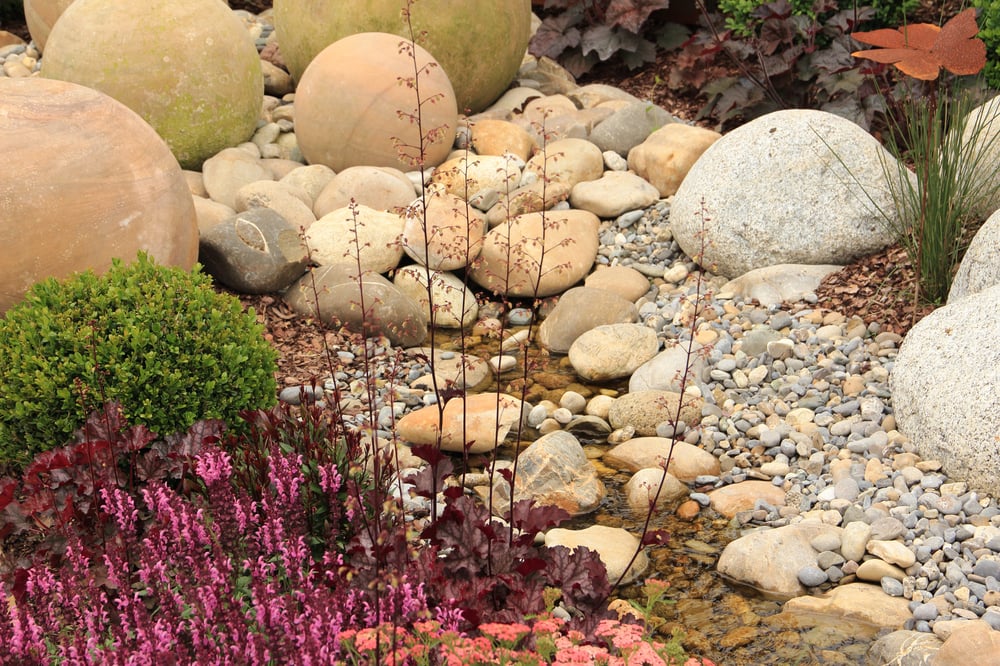
If you’re experiencing pooling water around your home’s foundation, consider directing the runoff away from the house into a rain garden. The idea here is to dig a channel from the source of the water (downspout, e.g.) away and into a sunken garden filled with water-loving plants.
Experts recommend a channel about a foot wide and several inches deep, on at least a 2% grade. There must be enough of a slope in the channel to allow the water to flow freely. This can be dug by hand, though it may take more than one session to accomplish the task. Save the sod and place it back in the bottom of the channel once you finish digging it or place rocks along the bottom for the water to flow over.
Determine the shape and size of your rain garden by considering the amount of water you’ll be sending to it and checking to see how well-drained the soil is in that area. The higher the volume of water, the deeper your garden will need to be. And check the soil’s porosity as well; for well-draining soil, you won’t need as much depth in your garden to collect and manage the rainwater.
Chat with your local native plants nursery or agricultural extension for advice on rain-garden plants that will do well in your local climate. (Or consider the plants listed in the following sections on bog and water gardens!)
Plant a bog garden for a low maintenance solution to swampy spots
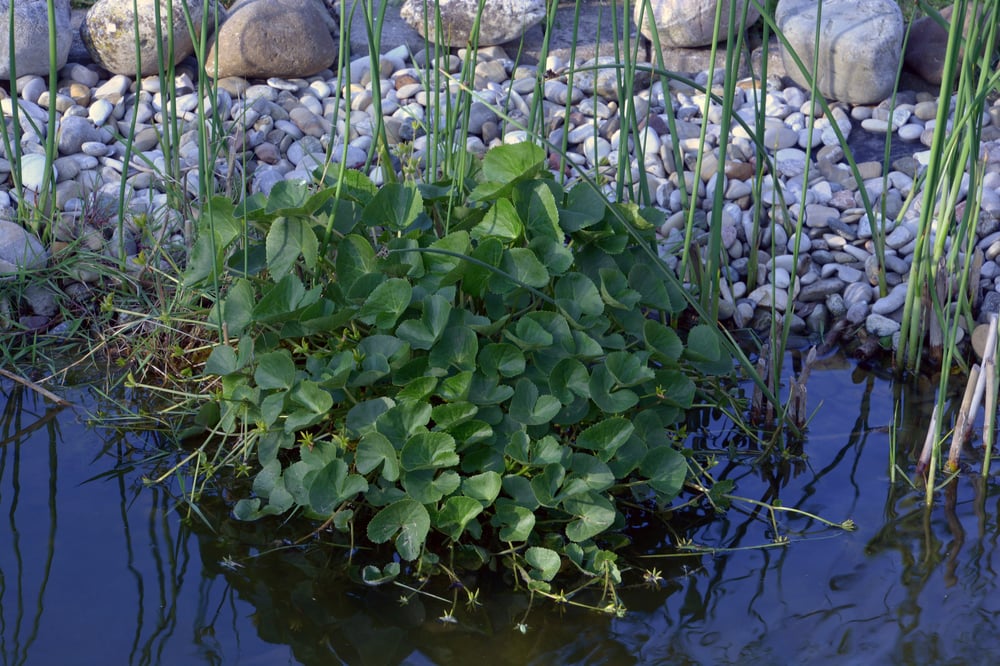
Consider the fact that many gardeners dream of having their own bog garden in which to plant moisture-loving plants. So much so that many gardening books have sections devoted to creating such a garden, with specialized instructions on excavation, proper lining materials and soil mixes.
If you’re struggling with a low, soggy area in your yard, where you may be mostly unable to mow or else the grass has died off from lack of drainage in the soil, think about planting a bog garden there. Not exactly a pond or water garden, a bog is a place for semi-aquatic plants, many of which, once established, will grow just fine even during years with less rainfall.
You may still choose to excavate the site to really maximize its potential, but it’s not essential. If the spot is wet enough, you can build your garden just as you would any other, by marking out its boundaries, removing the sod and checking out the soil. If highly acidic, you’ll want to plan accordingly as there are certain bog plants which will really thrive. Rodale’s Encyclopedia of Organic Gardening lists these acid-adapted plants:
- Water arum (Calla palustris)
- Creeping snowberry (Gaultheria hispidula)
- Twinflower (Linnaea borealis)
- Bog bean (Menyanthes trifoliata)
- Blueberries, cranberries (Vaccinium spp.)
Otherwise, consider any perennial that likes a lot of moisture, paying special attention to the amount of daily sunlight in that area. Popular bog garden choices are Siberian and blue flag iris (Iris sibirica and I. versicolor) and forget-me-nots (Myosotis scorpioides).
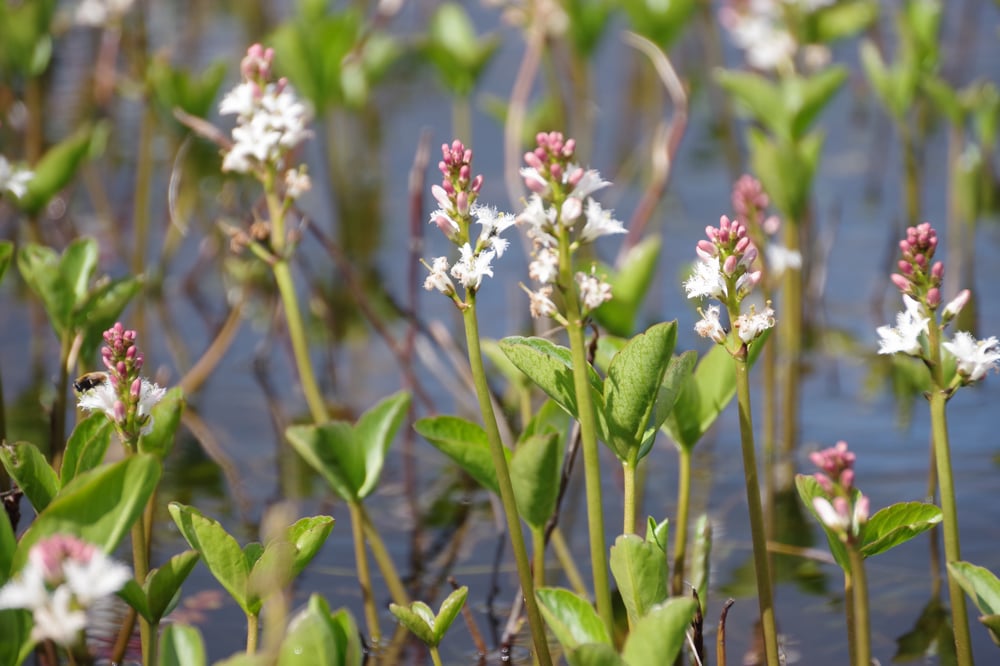
Bog Bean in flower
Cardinal flower (Lobelia cardinalis) (a hummingbird favorite) reaches its “full glory” only with a lot of moisture, according to Sally Roth, author of Natural Landscaping. Her book contains extensive plant lists for both bog and water gardens.
She recommends ferns for creating structure in bog gardens, including Cinnamon fern (Osmunda cinnamomea) and various species of Maidenhair ferns (Adiantum spp.).
You’ll want to plant those with the deepest roots and those with the highest affinity for water in the center or deepest part of the garden, working out to the edges with plants adapted to less water in the soil.
Build a pond or water garden and watch wildlife emerge
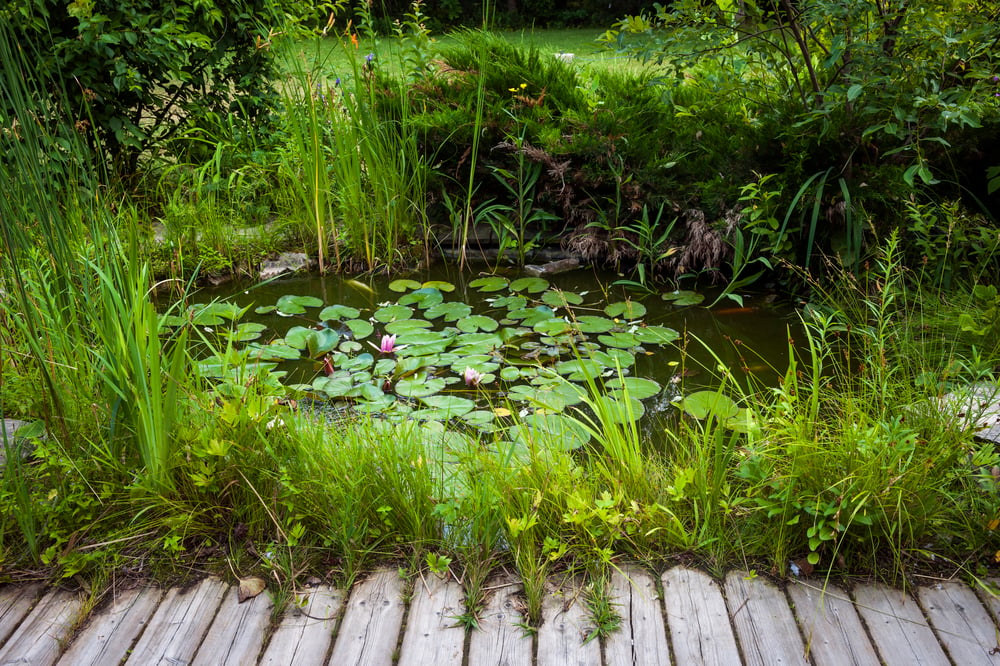
We’ve already written an article about how to build a pond on your property so if you decide to take this route, be sure to read about pond construction before you start digging.
Know that in most cases, a pond will require expert assistance to build. But if you’re looking at a very small area, this could be a DIY project, with enough research and planning. As always, be sure to check local regulations before breaking ground.
The benefits of a pond are wide ranging. Think about the basics of habitat for animals, including the birds that visit your backyard feeders. All animals need food, water and cover. Birds are especially drawn to ponds, including robins, red-winged blackbirds and sparrows that may nest nearby. You’ll also likely see life springing up within the pond itself, including tadpoles, frogs, salamanders and turtles.
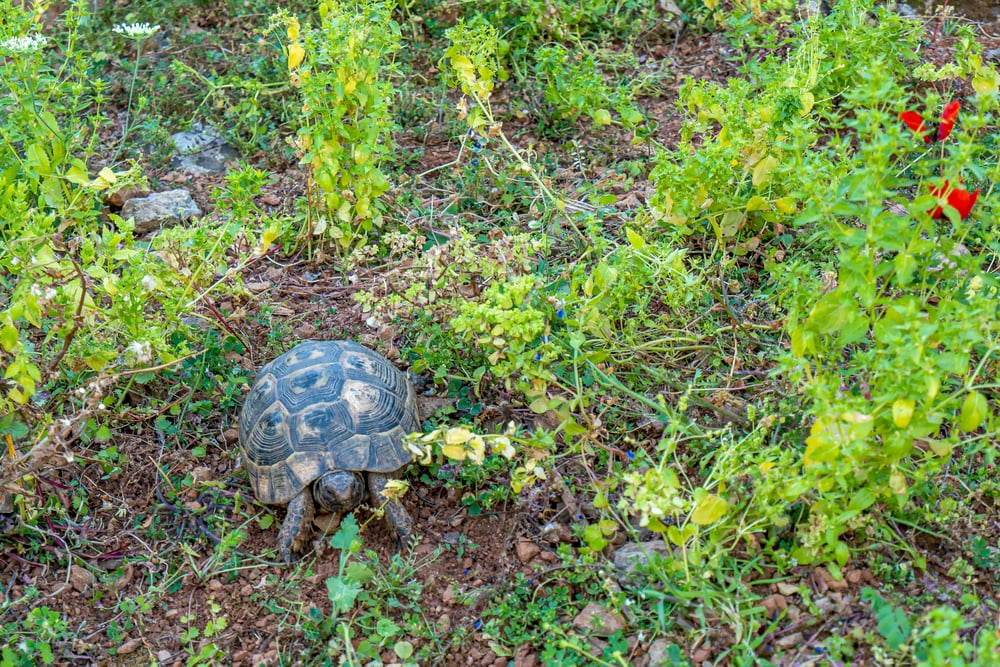
The advice in most gardening books is tailored for ponds with PVC-lined bottoms, and so planting is done in various types of containers. This may still be a good idea, even if your pond is unlined, because some plants are rapid dividers and will take over if you let them.
Plants that thrive in water gardens are called aquatics and include water lilies and lotus plants. These beautiful bloomers require 5-6 hours of sunlight per day, so make sure your site is a good fit. There are also oxygenating plants, important if you’re planning to stock your pond with fish.
So-called marginals are plants that grow in the shallow edges of the pond and include many sedges and rushes. The edges of the pond can be landscaped as a bog garden, with the moisture-loving perennials we already discussed. Sally Roth’s Natural Landscaping book is a helpful guide here with lists of plants in each category.
Water gardens require more maintenance than bog gardens, so if you’re on the fence and don’t know how much time you’ll have to devote to a pond, keep that in mind. There can be algae-growth issues to attend to, and lots of dividing and thinning as well.
The bottom line is, if you have excess water on your land due to runoff, a high water table or a wet-weather spring/seep, you might consider calling on the plant kingdom to help you manage it. Have fun! And send pics.
Sources:
Gilbert, Scottie. “Creating a Rain Garden.” Carolina Mountain Life, Spring 2019.
Roth, Sally. “Natural Landscaping: Gardening with Nature to Create a Backyard Paradise.” Rodale Press, Inc., 1997.
Rodale’s “All-New Encyclopedia of Organic Gardening: The Indispensable Resource for Every Gardener.” Rodale Press, 1997.


